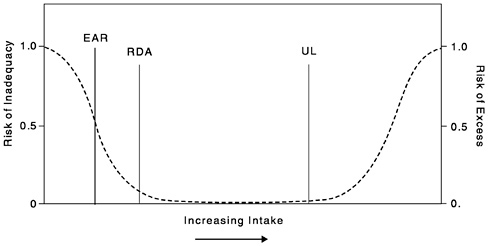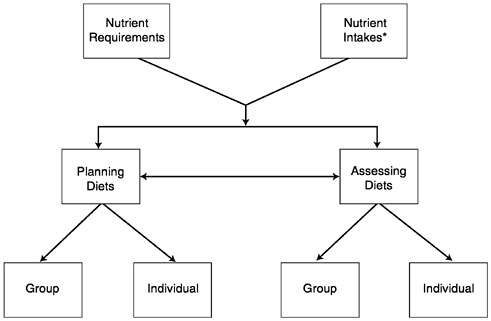Describe The Difference Between Recommended Dietary Allowance And Dietary Reference Intake

Describe the difference between the recommended dietary allowance and the dietary reference intake.
Describe the difference between recommended dietary allowance and dietary reference intake. Recommended dietary allowances rdas are the intake levels for nutrients that meet the needs of nearly all healthy individuals in a particular group. For this information we can turn to the dietary reference intakes dri a set of recommendations developed by the national academies of sciences engineering and medicine to describe the amounts of specific nutrients and energy that people should consume in order to stay healthy. Difference between vitamins and minerals.
For instance the dri for vitamin d is a recommended 600 international units each day. Dietary reference intakes dris comprise a set of nutrient based reference values each of which has special uses. Focus on amount of essential nutrients.
The blood test will provide an accurate reading from which a medical professional can gauge your. This comprehensive effort is being undertaken by the standing. The dietary reference intake dri is a system of nutrition recommendations from the institute of medicine iom of the national academies united states.
The first reference values published by the canadian council on nutrition in 1938 and the food and nutrition board in 1941 in the usa where those known as the drni dietary recommended nutrient intake and the rda recommended dietary allowance respectively and where defined as the nutritional requirement to serve as a goal for good. It was introduced in 1997 in order to broaden the existing guidelines known as recommended dietary allowances rdas see below the dri values differ from those used in nutrition labeling on food and dietary supplement products in the u s. Dri which stands for dietary reference intakes refers to four different groups of information published by the fnb.
How do we know how much of a given nutrient people should eat or how much is too much. Dri reduce risk of chronic illnesses. Estimated average requirements recommended dietary allowances adequate intakes and tolerable upper intake levels.
However in order to find out your true personal requirements for vitamin d a blood test is necessary.
















